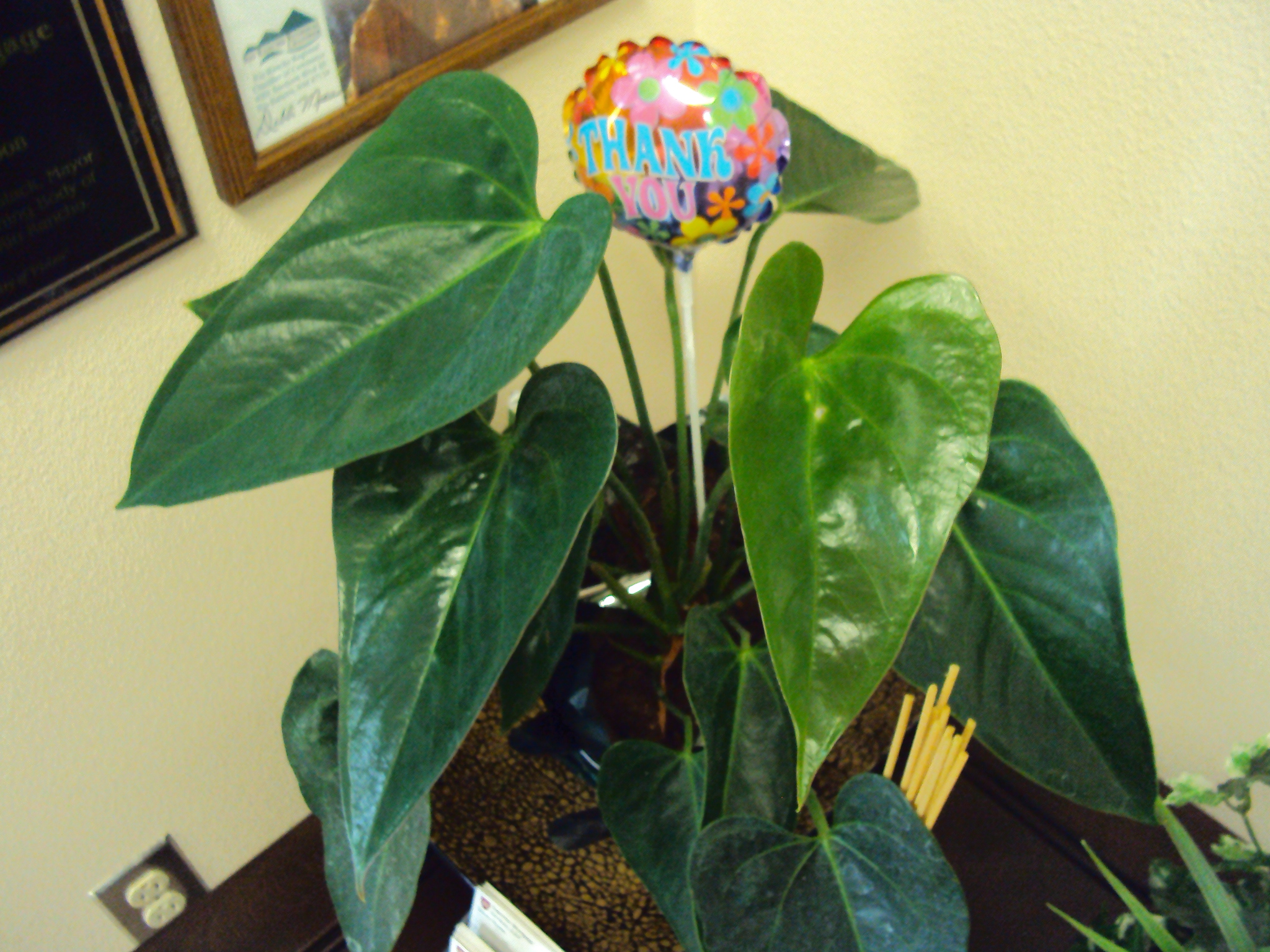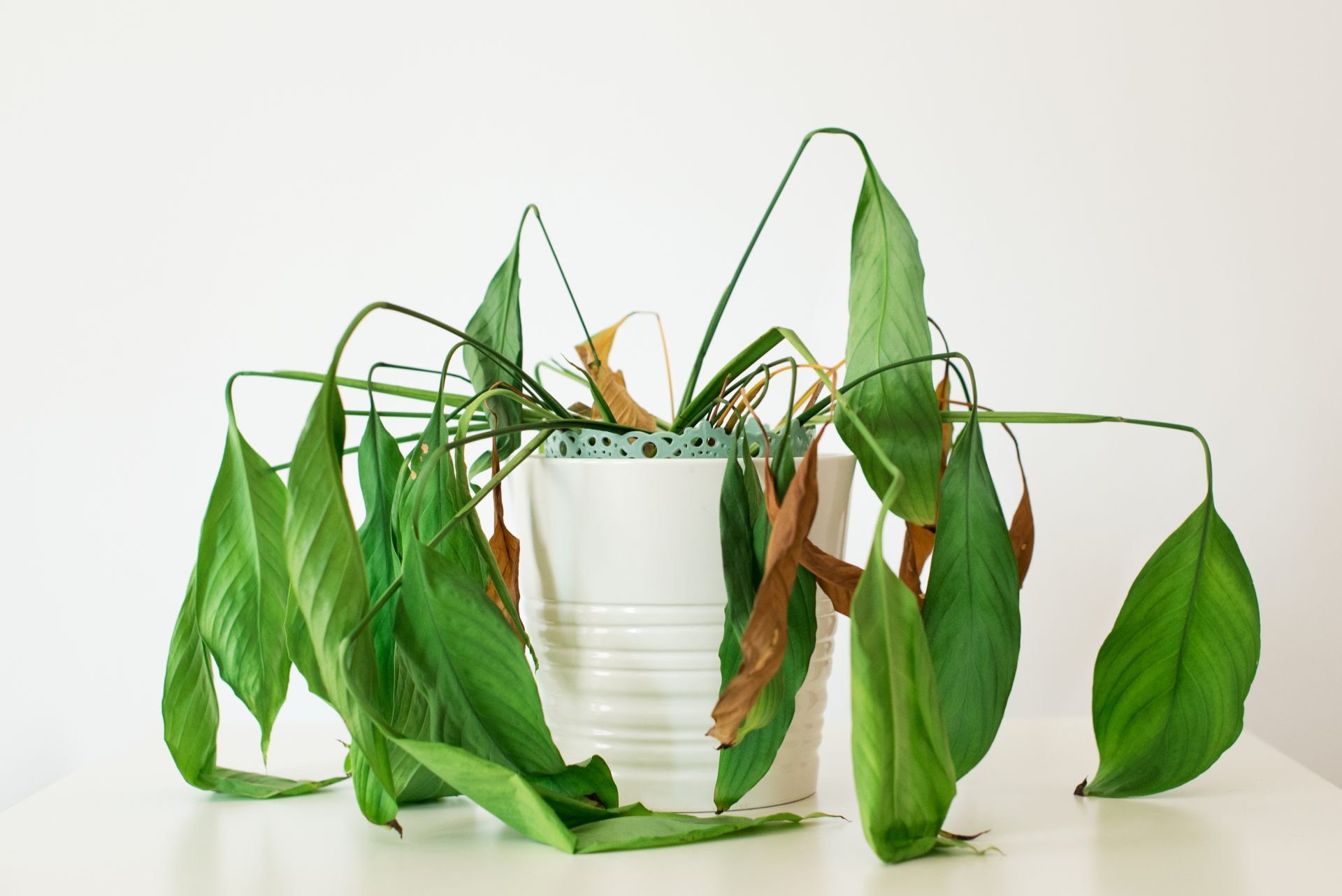How to Fix a Plant That Has Lost Its Shine
Have you noticed that your plant is looking a bit dull and lackluster lately? No need to worry! There are several simple steps you can take to help bring back its shine and revive its health.
Plants can lose their shine for a variety of reasons, including overwatering, underwatering, lack of sunlight, or even pest infestations. By paying attention to the signs your plant is showing, you can quickly identify the problem and take the necessary steps to fix it. Here are some tips on how to bring your plant back to life:
1. Assess the Situation
Start by examining your plant closely. Look for any yellowing leaves, brown spots, or signs of wilting. Check the soil to see if it is too wet or too dry, and inspect the plant for any pests that may be damaging it. Once you have identified the problem, you can move on to the next steps.
2. Adjust Watering Schedule
One of the most common reasons plants lose their shine is improper watering. If your plant is looking dull, it may be a sign that you are either overwatering or underwatering it. Adjust your watering schedule accordingly – some plants prefer to dry out between waterings, while others need a more consistent level of moisture.
3. Provide Adequate Sunlight
Plants need sunlight to thrive, so make sure your plant is getting enough light. If your plant is in a low-light area, consider moving it to a sunnier spot. On the other hand, if your plant is getting too much direct sunlight, it may be burning the leaves. Find a balance that works for your plant’s specific needs.
4. Check for Pests
Pests such as spider mites, mealybugs, and aphids can wreak havoc on your plant, causing it to lose its shine and droop. Inspect the plant carefully for any signs of pests, such as webs, sticky residue, or tiny insects. If you spot any pests, treat your plant with a safe insecticide or insecticidal soap to get rid of them.
5. Repot if Necessary
If your plant is struggling and has outgrown its current pot, it may be time to repot it into a larger container. Choose a pot that is slightly larger than the current one, and use fresh, well-draining soil to give your plant a fresh start. Repotting can help improve drainage and provide more room for your plant’s roots to grow.
6. Fertilize Your Plant
If your plant is looking dull and lacking nutrients, consider fertilizing it to give it a boost. Choose a balanced, water-soluble fertilizer that is appropriate for the type of plant you have. Follow the instructions on the fertilizer package carefully, as over-fertilizing can do more harm than good. Fertilizing your plant regularly can help promote new growth and improve its overall health.
By following these tips and paying close attention to your plant’s needs, you can help bring back its shine and revive its health. Remember that every plant is different, so it may take some trial and error to find the right balance of water, sunlight, and care for your specific plant. With a little patience and care, your plant will be thriving and shining brightly once again!



